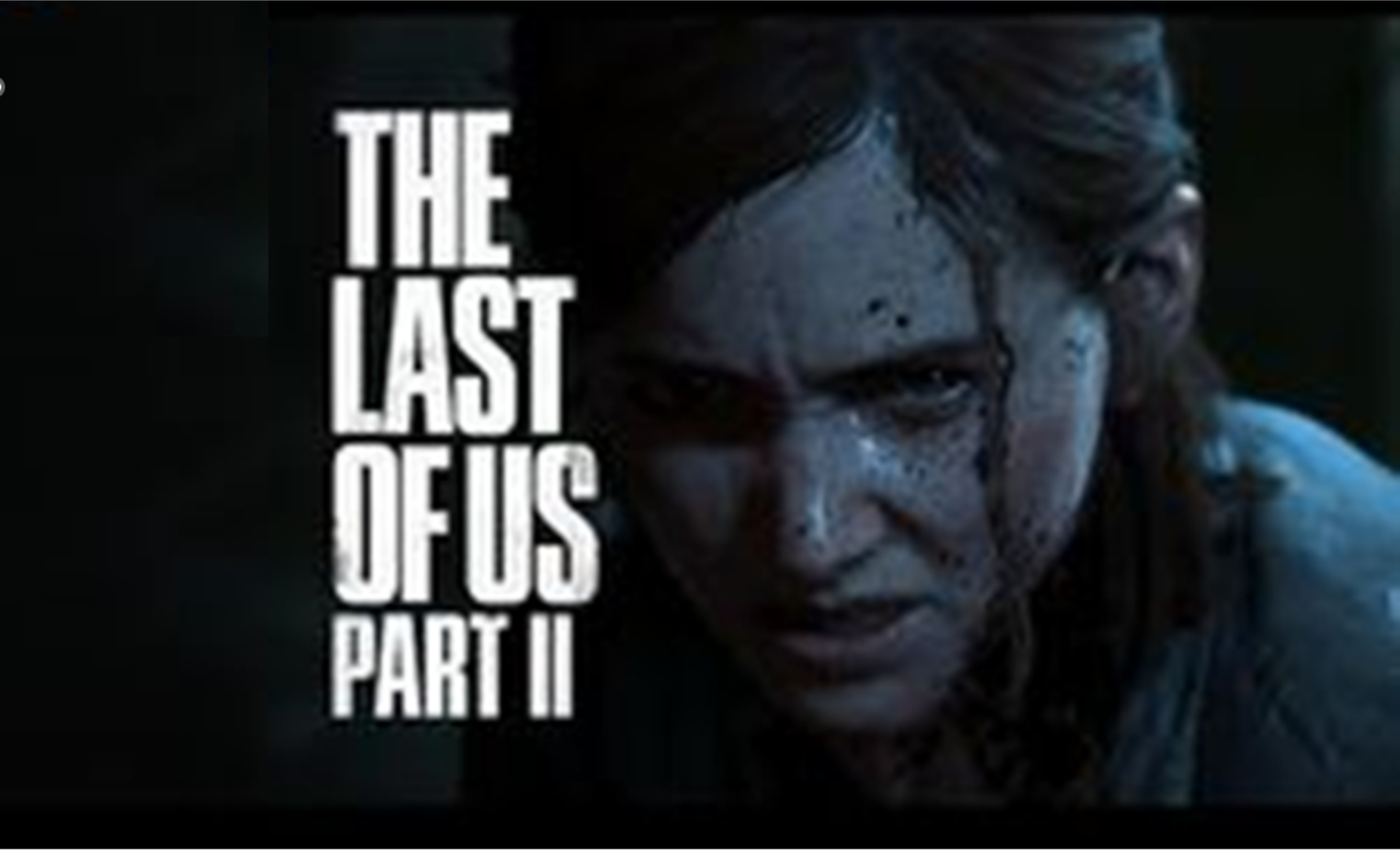The Last of Us Part II plunges players into this unforgiving world, where the stakes are higher than ever before. Ellie, a young woman with a fierce determination, finds herself at the forefront of the battle against the infected and the ruthless human factions who prey on the weak. Her story intertwines with that of Abby, a complex and multifaceted character, both driven by twisted desires for revenge and justice.
In a world ravaged by the Cordyceps virus, humanity teeters on the brink of extinction. The once-thriving cities lay in ruins, overgrown with vines and creepers, as the infected roam the desolate streets. The survivors huddle in makeshift settlements, their existence a constant struggle for survival.

As the game unfolds, the line between right and wrong blur, and the true nature of humanity is revealed in all its darkness and complexity. The post-apocalyptic landscape is a character in its own right, a harsh and unforgiving environment that tests the limits of human endurance.
The gameplay is a visceral and intense experience, with players navigating the ruins of civilization, using stealth, strategy, and brute-force to survive. The infected are a constant threat, their grotesque forms and terrifying sounds a reminder of the horror that lurks in every shadow. The human enemies are just as deadly, driven by their own agendas and motivations.
The Last of Us Part II is more than just a game—it is an immersive experience that explores the depths of human emotion and the resilience of the human spirit. It is a story of survival, of sacrifice, and of the bonds that tie us together in the face of unimaginable adversity.
This is a partial review. I simply don’t have the stomach to finish it. It is such a dark and awful story, I no longer care about it or any of the characters. I’m sick of the grotesque and graphic killing of humans by once basically decent people who all allow themselves to become conscienceless murderers bent on senseless revenge.
Warning: Spoilers ahead for those who haven’t played the game.
The now hero Ellie turns from a decent girl trying to survive into a cold-hearted killer after witnessing her friend Joel brutally beaten to death by Abby (whose dad was murdered two years earlier by Joel, who saved Ellie from an operation that would produce a vaccine to stop the zombie plague).
Developed by Naughty Dog and published by Sony Interactive Entertainment, this 2020 action-adventure third-person shooter video game is the highly anticipated sequel to the critically acclaimed The Last of Us. Earlier this month, The Last of Us Part II Remastered for PC was released, with enhancements from the original game including graphics improvements and new features (see our technical review, here).
I finished playing through the climactic three days in Seattle as Ellie (who had just been captured by Abby after Ellie brutally revenge-murdered all of her friends to find her). Next, I would have had to replay the same three days from Abby’s viewpoint, so I stopped.
I don’t care how it ends (although I can certainly guess the ending). Both women will (probably) be left alive to regret their loss of friends, wasted lives, senseless revenge killing, and their actions for an upcoming Part III (and redemption, no doubt).
I’d rather play any other game than waste another minute on this horribly dark story. It’s a moral choice. The graphic killing of humans got to me. Although the game won a ton of awards and received numerous 10/10s, the reviewers tended to overlook the game’s other flaws because of industry nonsense. The hero is a lesbian, while the antihero is tough, manly, and not good looking, and it completely subverts expectations.
The game is very linear. There is an artificial restriction on guns and ammo that is beyond ridiculous. You can only carry a few bullets but can pick up a ton of artifacts and cards. The hero can pick up ammo but is forced to ignore much better enemy NPC weapons that you are locked out of using in favor of your original weak ones that can only get very limited upgrades. Meanwhile, a new ax will break after five hits, while a block of wood breaks after three.
In other words, there is little progress from the first game. No new mechanics or real variations on enemy NPCs are introduced, and the enemy AI is not improved—it’s just a Part 2. In its favor, there are incredibly strong emotion-generating scenes, it’s beautiful visually, and is well-optimized.
Conclusion. A great benchmark game. It’s well-written and superbly voice-acted, great graphics/visuals, well-optimized, and few bugs. It won tons of honors, acclaim, and was very popular.
No score to report. I just won’t finish it. It’s not for me.
The Last of Us, Season 1 series on HBO+ was pretty good; Season 2 is on now.
Unlike the passive nature of the TV series, the game requires you to be (basically) a serial killer and actually commit senseless revenge murders (very, very graphically portrayed) one after another. In a movie, a viewer is more detached as an observer. In a game, you become a participant. A well-done game is usually more intense. I got bad dreams from this dark game; rarely has that happened from a movie.
The game garnered widespread critical acclaim, with its production values, soundtrack, design, gameplay, and performances earning high praise. However, opinions on the story, characters, and themes are sharply divided among critics and players. Despite this, the game achieved remarkable commercial success, selling over 10 million copies by early 2022. It also received numerous awards and nominations, recognizing its exceptional writing, visuals, performances, and overall quality. The game’s narrative is set to be adapted into the second season of the television series, bringing its gripping story to a new audience.
LIKE WHAT YOU’RE READING? INTRODUCE US TO YOUR FRIENDS AND COLLEAGUES.